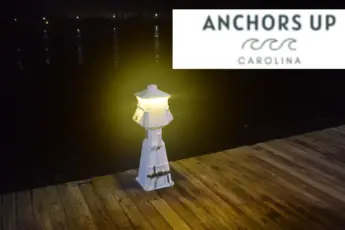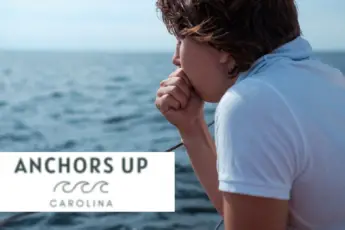Bass is one of the most targeted fish species in the United States, including North Carolina, South Carolina, and Georgia. Multiple bass variations swim in lakes, creeks, rivers, reservoirs, and more. The bass is so popular that high-stakes fishing tournaments are held across the country where the best anglers compete. Bass are aggressive feeders who readily strike both live bait and artificial lures. Here is what you need to know about the best live bait for bass.
What Types Of Bass Are In Georgia, South Carolina, And North Carolina
There are fourteen varieties of bass caught in the freshwater lakes, rivers, streams, and reservoirs of North Carolina, South Carolina, and Georgia.
The fourteen bass variations are the hybrid striped bass, striped bass, white bass, tallapoosa bass, suwannee bass, alabama bass, spotted bass, smallmouth bass, shoal bass, redeye bass, chattahooche bass, bartrams bass, altamah bass, and largemouth bass. To learn more about each species, read the Georgia Wildlife Identification website.
The most highly sought-after of the fourteen varieties are the largemouth bass, striped bass, and smallmouth bass. The largemouth and striped bass are evenly distributed across the three states, while the smallmouth is in the northern portions.
Where Do You Catch Bass
The bass is notorious for its incredibly broad distribution. Anglers catch bass in even the most unsuspecting locations.
The fish is most densely populated in lakes, reservoirs, ponds, and swamps when focusing attention on catching bass species in particular. However, it is not uncommon to stumble across bass in the deep pools of rivers and creeks because the fish does not prefer turbid and fast-moving water. However, we have caught bass occasionally in swift moving water.
What’s The Best Live Bait For Bass
When it comes to targeting bass with live bait, the options are endless. Bass has a ferocious appetite for almost anything that swims. It may be a good idea to bring along a couple of bait varieties to test what is most effective in your area.
When it comes to what type of bait for bass, the most popular baits include shiners, shad, and crawfish. However, good live bait for bass includes frogs, nightcrawler worms, bluegill, and salamanders are less frequently used but equally as productive. Live bait is both caught and purchased from live bait shops. Live bait bass fishing is highly effective.
How Do You Fish With Live Bait For Bass
When fishing with live bait for bass, there are numerous effective methods. The most basic and most effective is to utilize a hook beneath a float. Yes, break out the old red and white bobber sitting in the bottom of the tackle box.
When rigging the bobber and hook, adjust the depth by moving the float up or down the line. Avoid the hooked bait from sitting on the bottom. The bait must have the capability of swimming freely with the hook to increase the number of bass strikes.
A second option is sending bass live bait to the bottom. Rather than drifting baits beneath a float, present the baited hook on the lake’s bed, pond, river, or creek. The weight must be heavy enough to hold the bottom. Keep in mind that bottom-feeding catfish are more likely to strike before bass.
Where Can Live Bait For Bass Be Purchased
The most cost-effective method for obtaining live bait is catching it in a trap or with a cast net. However, to save time, visit a local bait and tackle shop.
On a phone, computer, or tablet, search live bait near me. Call the shop before making the drive to ensure the store has live baits in stock.
The purpose of live bait for bass fishing is to increase the likelihood of strikes because of the natural motion. Live bait must be kept alive therefore bring a bucket and air pump when transporting the baits. When using an air pump, bring along extra batteries. Without oxygen infusion, the bait will die, rendering them less effective. This is especially true when shore fishing as you will not transfer the bait from a bait bucket to a boats live well.
Head Out Live Bait Fishing For Bass
The most effective and exciting method for catching the vast range of this species in Georgia, South Carolina, and North Carolina is by using live bait. Watching the bobber drop beneath the surface nearly always leads to hook set and a landed fish. Either pick up or catch live bass bait before you head on the boat or banks to cast a line.








Article Comments